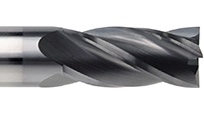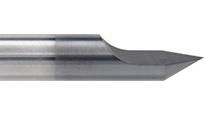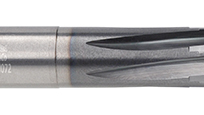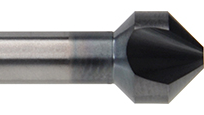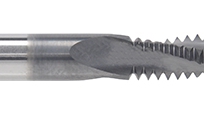Understanding the Key Differences Between Milling and End Mills | Industrial-Tools UK
Comparing Milling and End Mills: Key Differences Explained | Industrial-Tools UK
End Mill - Drill - Reamer
We are proud to offer the products listed in our catalogue. To help our customers experience first-hand the quality and reliability of our tools, we invite you to review our catalogue and request samples. This initiative reflects our confidence in the superior performance of our products and our commitment to customer satisfaction.
Milling and an end mill are related but refer to different aspects of the machining process.
- Milling is the process of using a rotating cutting tool to remove material from a workpiece. It can be performed using different types of milling cutters and machines.
- An End Mill is a specific type of cutting tool used in milling operations. It has multiple cutting edges (flutes) and is designed for precision cutting, profiling, and shaping materials.
Key Differences:
| Feature | Milling | End Mill |
|---|---|---|
| Definition | A machining process that removes material using a rotating cutter | A cutting tool used in milling machines |
| Purpose | Used for shaping, cutting, and drilling workpieces | Designed for profiling, slotting, pocketing, and contouring |
| Types | Includes face milling, peripheral milling, slotting, etc. | Includes square, ball nose, roughing, tapered, and more |
| Usage | Performed using various milling tools (face mills, slab mills, end mills, etc.) | Specifically used in CNC milling and manual milling machines |
In short, milling is the overall process, while an end mill is a tool used in that process.
Browse our extensive selection of CNC tools today and get the best quality tools for your machining needs.
Contact us for more information on our products and how they can benefit your business.
